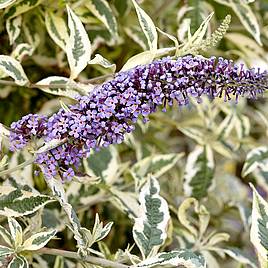Peas taste so wonderful eaten in the garden straight from the pod that it’s a wonder any of them make it as far as the kitchen! Who needs sweets when you’ve got peas? However, if you want to use your fresh garden peas as part of a meal, there are plenty of different ways to use them, both cooked and raw.
Tips For Growing Peas
- Best grown in a sunny position with shelter from strong winds
- Soil choice should be fertile and well-draining
- Plant feed isn’t required - pea plants manufacture their own nitrogen
- Taller varieties require support
- Requires monitoring for pea moth, mice and pigeons
Where To Grow Pea Plants
Pea plants do best in an open, sunny site sheltered from strong winds.
How To Plant Peas
Pea plants thrive in deep, fertile and well-drained soil. If your soil is poor then it’s worth digging a trench and throughout winter filling it with a mixture of well-rotted garden compost and soil. Once growing, pea plants don’t need feeding as they manufacture their own nitrogen from the air.
Give support to taller varieties of pea plants. Traditional pea sticks (twiggy branches) are great but plant supports, netting and cane wigwams will do the job too.
Pigeons love to snack on pea pods, so it’s best to use plant protection if you want to enjoy the fruits of your labour! Netting or even a fruit cage will keep them away from your crop.
When To Harvest Pea Plants
It depends on the variety, but with garden peas, pick when the pod is well filled but there is still a space between each pea. Start picking from the bottom of the stem and work upwards, taking care not to damage the stem.
Mangetout are best picked when 5 – 8cm in length.
Regular picking encourages your pea plants to keep cropping. Once the crop has come to an end, cut the plants down and compost them, but leave the roots in the ground. The nitrogen nodules in the roots will help to fertilise the next crop.
Cooking and eating peas
Those that make it to the kitchen are best eaten fresh and only cooked lightly. Steam or boil them gently and then add butter or a sauce of your choice. Older peas can be pureed, turned into soup or eaten with fish and chips in the form of mushy peas.
Pea plant nutritional information
Eaten raw, peas contain vitamins A, C and K, and a range of B vitamins. They also contain a good amount of iron, manganese and phosphorus.
You may also be interested in Suttons pea seeds or for more information read our guide on how to grow a bumper crop of peas.


